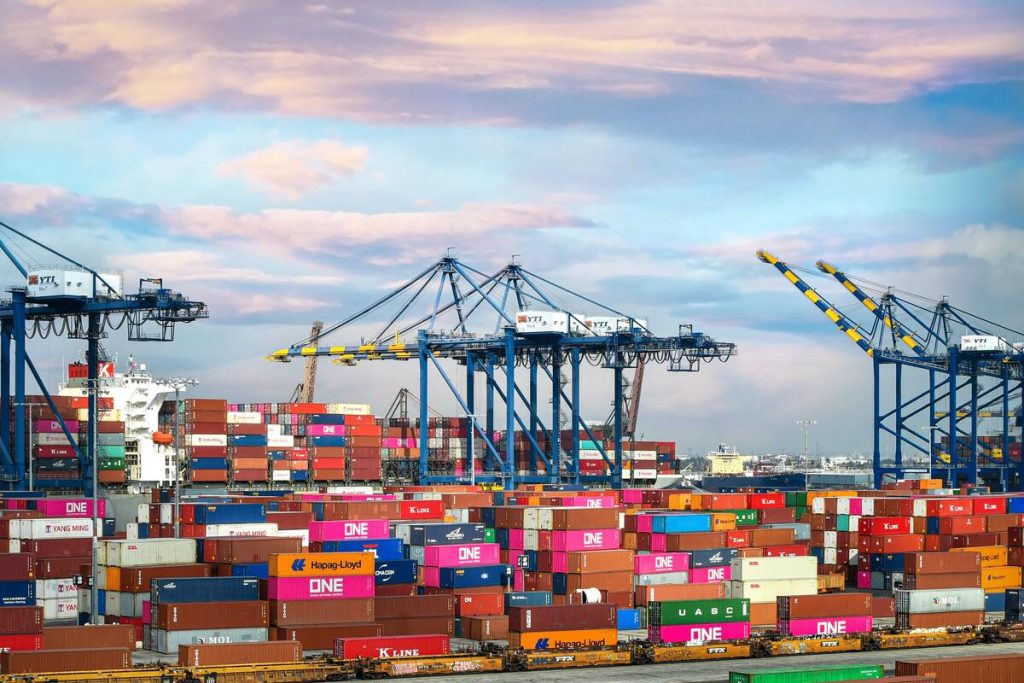The statistics are clear: logistics businesses need to go green. According to a recent study, the transportation and logistics sector is responsible for nearly 27% of all greenhouse gas emissions. Gas emissions contribute to climate change, which in turn causes extreme weather conditions, droughts, and food shortages.
Making your logistics brand more eco-friendly can help you attract and retain clients, improve your bottom line, and ensure a sustainable future for your company. The following tips can help you get started on your road to environmental responsibility:
Find Ways To Maximize Fuel Efficiency
Poor fuel efficiency is one of the logistics industry’s biggest contributors to greenhouse gas emissions. Thankfully, there are many ways to maximize fuel efficiency, but it starts with understanding how your business uses fuel.
Keep track of your vehicle’s mileage and fuel consumption to identify areas where you can make changes to improve efficiency. For example, suppose you notice that a particular vehicle uses more fuel than others. In that case, you can investigate the cause and find a solution. It also helps to invest in regular maintenance for your vehicles to ensure they run as efficiently as possible.
Don’t forget about planning the most efficient routes for your deliveries. This may involve using a GPS system or online mapping tool to find the shortest distance between points.
Logistics businesses can now invest in automated systems used to manage fuel. These fuel management systems help companies to track fuel usage, identify areas of improvement, and make changes to improve fuel efficiency. Choose a reliable fuel management system provider with many years of experience and who has already helped many other brands improve their fuel efficiency.
Use Green Technology
Investing in green technology is one of the best ways to reduce your carbon footprint. There are many options available, from electric vehicles to solar-powered warehouses.
Electric vehicles are a great option since they are environmentally friendly and save you money on fuel costs. If you’re not ready to switch to an all-electric fleet, consider adding a few electric vehicles to your fleet and using them for local deliveries.
Solar panels are another option, especially if you have a large warehouse or distribution center. The initial investment may be high, but you’ll save money on your energy bill in the long run. This is because solar panels help reduce your reliance on fossil fuels and lower energy costs.
Other forms of green technology include LED lighting and energy-efficient appliances. These investments can help to further reduce your company’s environmental impact. Research the best option for your business. Once you’ve decided on a few options, start implementing them into your business.

Educate Employees About Eco-friendly Practices
Many people are unaware that some of their actions already impact the environment. By raising awareness, you can encourage employees to change their habits and do their part to reduce your business’s ecological footprint.
Give your new hires adequate training on your company’s environmental policies. This will ensure that everyone is on the same page from the start. You can also provide regular updates and reminders to all employees to keep them informed of changes or new initiatives.
Display eco-friendly tips around the office or warehouse as a reminder of how employees can help. These tips can be anything from conserving energy to recycling properly. You can also host competitions or campaigns encouraging employees to adopt new eco-friendly habits.
Eco-friendly practices should be part of your company culture. When employees see that you’re committed to being eco-friendly, they’ll be more likely to adopt these practices themselves.
Perform Hyperlocal Deliveries
Another way to reduce your company’s ecological footprint is by performing hyperlocal deliveries. This means making deliveries to customers who live or work near your warehouse or distribution center. This will help eliminate the need for long-distance travel while reducing fuel consumption and emissions.
Now more than ever, why there is a rise in hyperlocal fulfillment consumers want hyperlocal deliveries. They want their purchases to be delivered as quickly and conveniently as possible. This rise in demand presents an opportunity for logistics companies to capitalize on.
Of course, you can’t always make hyperlocal deliveries. But, if you have the opportunity, it’s worth considering. Some customers may even be willing to pay a premium for faster, more convenient service.
Start by looking at your customer data to see where most of your orders come from. Then, you can change your delivery routes to group customers who live or work near each other. Doing this can help you reduce the number of trips you need to make, saving you time and money in the long run.
There are many ways logistics companies can start going green. Implementing green technology, performing hyperlocal deliveries, educating employees about eco-friendly practices, and finding ways to maximize fuel efficiency are all great places to begin. By making small changes in your operations, you can have a big impact on the environment.

